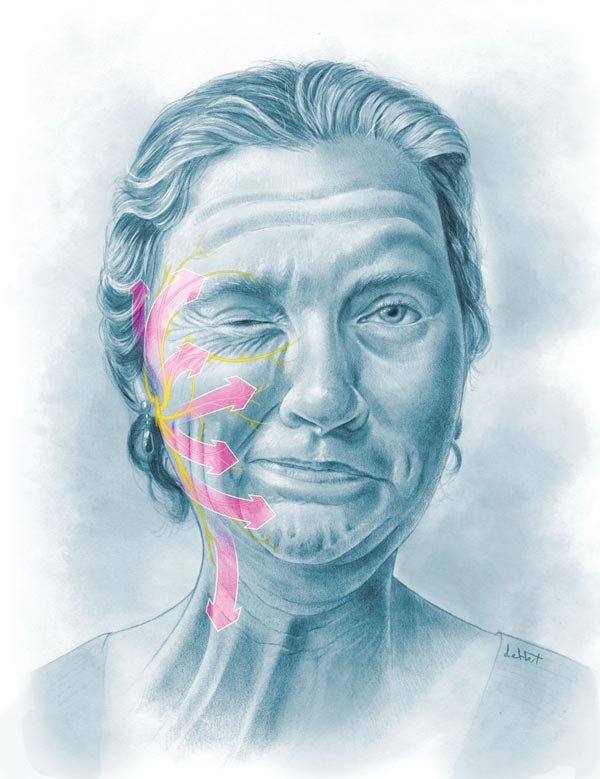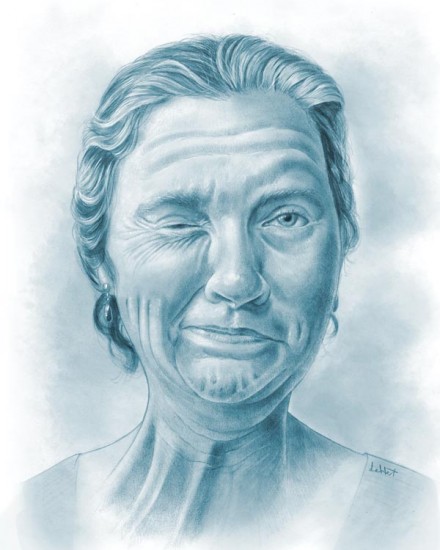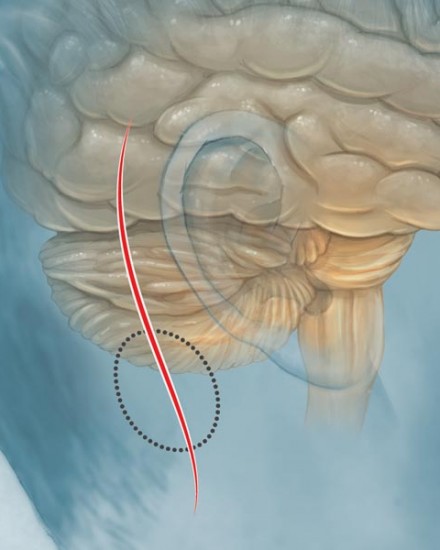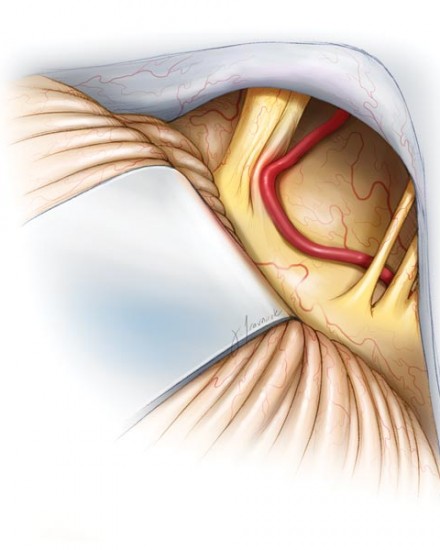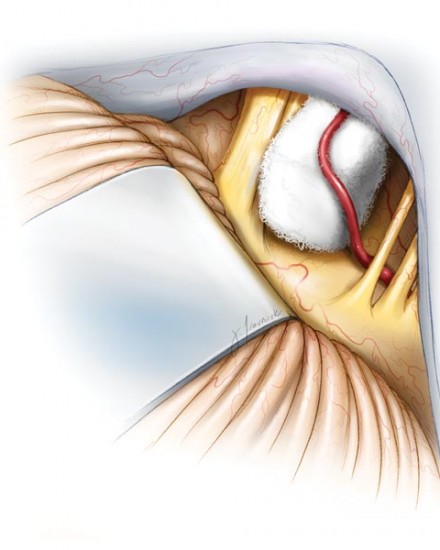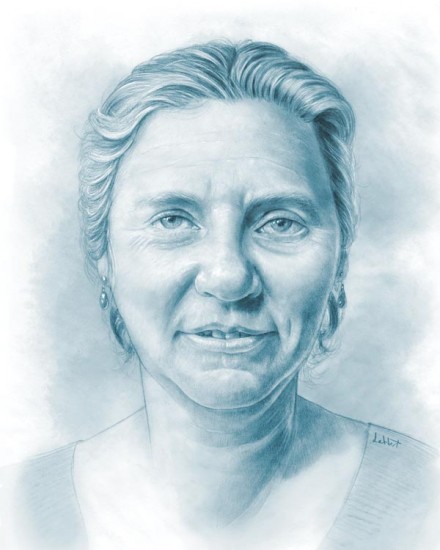Hemifacial spasm is a neuromuscular disorder that causes frequent involuntary contractions. For help with symptoms, pain, risks, and hemifacial treatment contact us.
Dr. Newell was born in Boston, MA and attended Case Western Reserve University medical school. He then completed his residency in neurosurgery at the University of Washington, including one year in London at St. George’s medical school. Dr. Newell is the co-founder of the Swedish Neuroscience Institute and founder of the Seattle Neuroscience Institute.
At the Seattle Neuroscience Institute, our qualified reconstructive and plastic surgeons conduct hemifacial surgery to repair acquired and congenital skull and face deformities, often in cooperation with a neurosurgeon. Hemifacial treatment medications include carbamazepine and non-compressive lesion benzodiazepines. Treatment of choice in most patients with hemifacial spasm.
At David W Newell, MD Seattle Neuroscience Institute, we focus on practice on reconstructive and plastic surgery procedures, including hemifacial surgery. Our respected surgeons are leaders in their field who have earned a reputation for surgical excellence and high-quality patient care.

